Walking through the grocery store, it’s hard to resist the allure of those golden rotisserie chickens slowly turning under the warm glow of heat lamps. The aroma alone can make your stomach rumble, and the promise of a hot, ready-to-eat meal feels like a gift after a long day. For busy families or anyone short on time, these chickens offer a convenient solution—no prep, no dishes, just carve and serve. But while they may all look equally appetizing on the surface, what you get once you peel back the skin can vary wildly.
Not every rotisserie chicken delivers on its mouthwatering appearance. Some come out dry and flavorless, others overly salty or rubbery with questionable texture. Then there are those whose ingredient lists raise more eyebrows than appetites. Factors like seasoning, moisture retention, size, and even price can differ significantly between stores, making some chickens a poor deal in disguise. The key to making the most of this grocery store staple is knowing which ones to skip—and which ones truly live up to the hype. Smart shoppers learn to spot the signs of a good bird and choose the chickens that consistently deliver on both taste and value.
1. Walmart Great Value Rotisserie Chicken

Budget-conscious shoppers often gravitate toward Walmart’s Great Value rotisserie chicken because of its rock-bottom price. Unfortunately, you truly get what you pay for with this option.
The meat tends to be dry and lacks the juicy tenderness you’d expect from properly cooked rotisserie chicken. Many customers report that the seasoning tastes artificial and overly salty.
Additionally, the chickens are often smaller than competitors, making the low price less of a bargain when you calculate the actual meat you’re getting per dollar spent.
2. Kroger Simple Truth Rotisserie Chicken
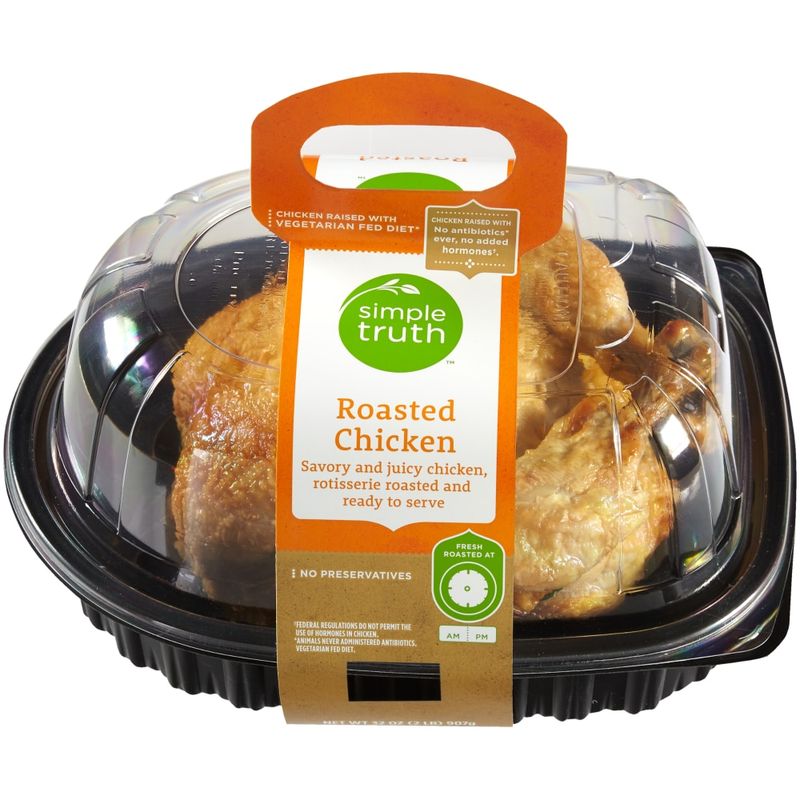
Kroger markets their Simple Truth rotisserie chicken as a healthier, organic option that should theoretically taste better than conventional alternatives. Reality tells a different story entirely.
Despite the organic label and higher price point, these chickens frequently suffer from inconsistent cooking. Some parts remain undercooked while others become tough and chewy.
The herb seasoning blend often tastes bland and one-dimensional. For the premium price Kroger charges, customers deserve much better quality and flavor than what this product consistently delivers to disappointed shoppers.
3. Safeway Signature Select Rotisserie Chicken
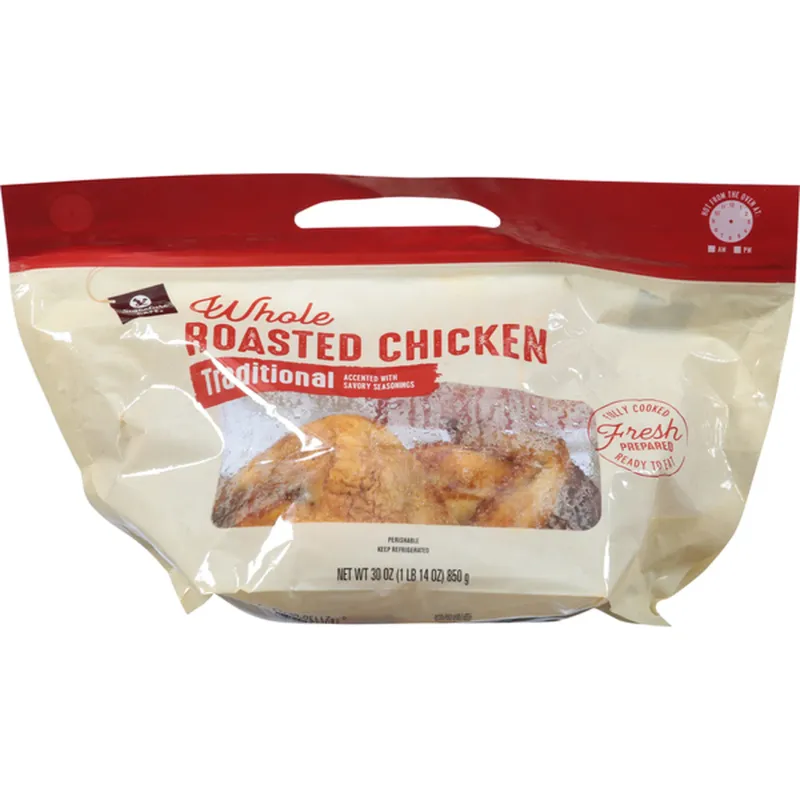
Safeway’s Signature Select line promises premium quality, but their rotisserie chicken falls short of expectations in multiple ways. The biggest issue is inconsistent preparation timing.
Visit Safeway at the wrong time, and you’ll find chickens that have been sitting under heat lamps for hours, resulting in dried-out meat and rubbery skin. The seasoning blend lacks depth and complexity.
Even when fresh, the chicken often tastes bland compared to competitors. For a store that positions itself as upscale, Safeway’s rotisserie chicken quality doesn’t match their premium pricing strategy or brand image.
4. Target Market Pantry Rotisserie Chicken
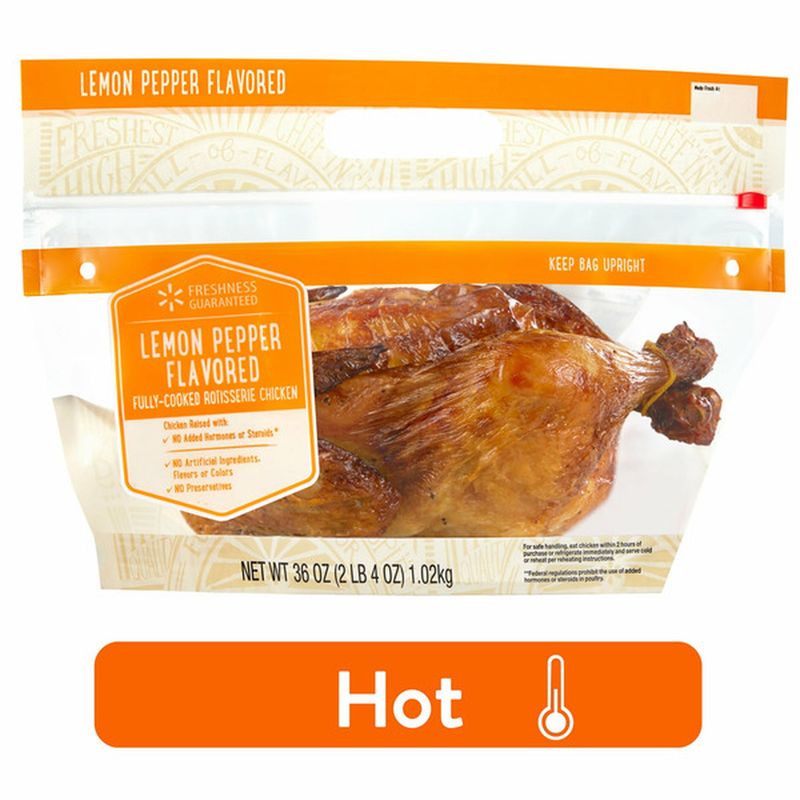
Target’s Market Pantry rotisserie chicken represents everything wrong with corporate cost-cutting in food preparation. The chickens are noticeably smaller than industry standards, making them poor value despite competitive pricing.
Texture issues plague this product consistently. The meat often feels mushy rather than tender, suggesting problems with the cooking process or chicken quality.
The seasoning tastes artificial and leaves an unpleasant aftertaste. Target shoppers would be better served buying raw chicken and cooking it themselves rather than settling for this disappointing prepared option.
5. Stop & Shop Rotisserie Chicken
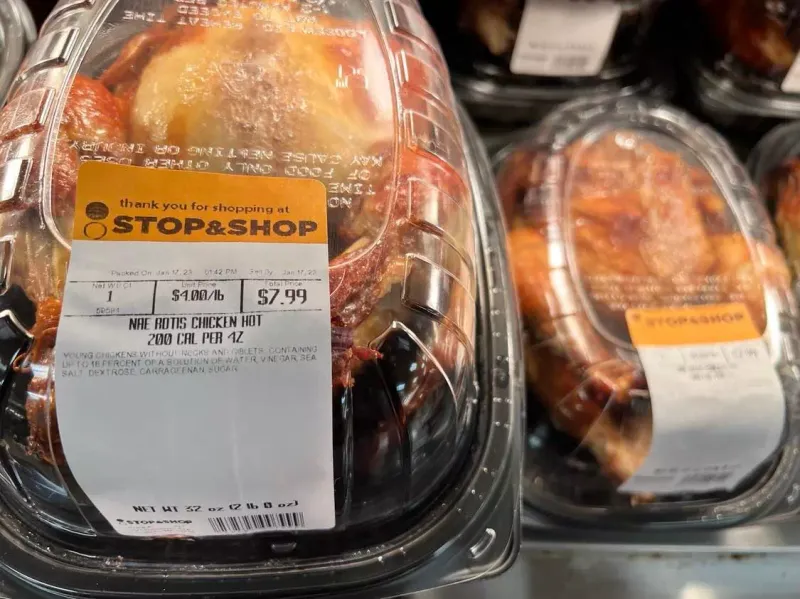
Stop & Shop’s rotisserie chicken suffers from a fundamental problem: they prioritize speed over quality in their preparation process. The result is chicken that looks appealing but disappoints upon first bite.
The meat lacks proper seasoning penetration, meaning the flavor remains superficial rather than infusing throughout. Customers frequently complain about dry breast meat and tough, chewy thighs.
Quality control seems inconsistent across different locations. While some stores might produce acceptable chicken, others serve products that taste like they’ve been reheated multiple times, creating an unreliable shopping experience for customers.
6. Food Lion Rotisserie Chicken
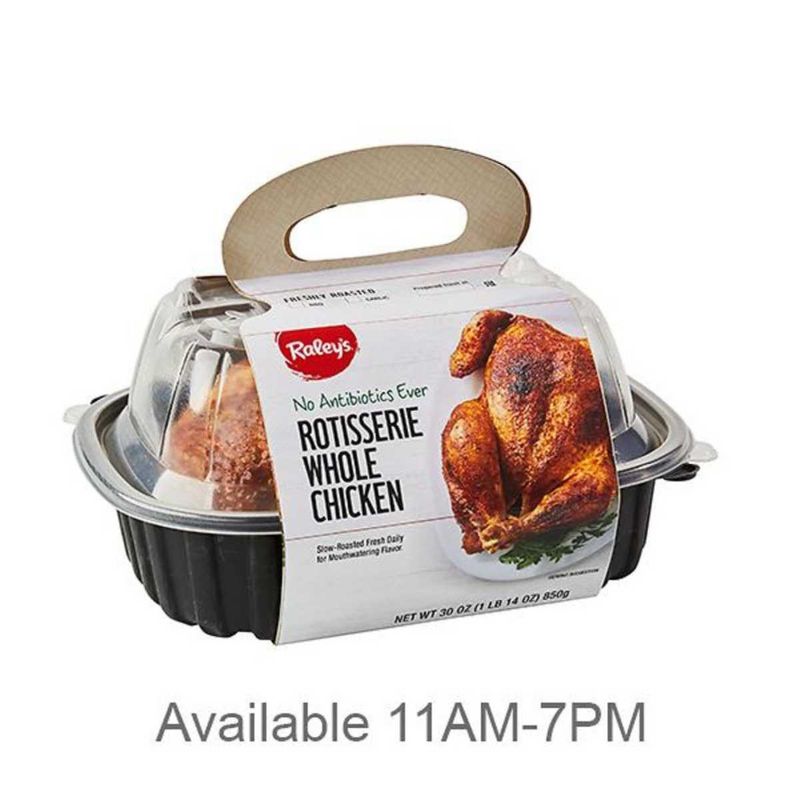
Food Lion’s approach to rotisserie chicken prioritizes low prices over quality ingredients and proper preparation techniques. The chickens often appear smaller and less plump than competitors’ offerings.
Seasoning application seems rushed and uneven, creating pockets of over-salted areas alongside completely bland sections. The cooking process frequently results in dry, stringy meat that lacks the juiciness expected from rotisserie preparation.
Many customers report that the chicken tastes like it was prepared hours earlier and kept warm too long. For families seeking a quick dinner solution, Food Lion’s rotisserie chicken creates more disappointment than satisfaction.
7. Giant Eagle Rotisserie Chicken
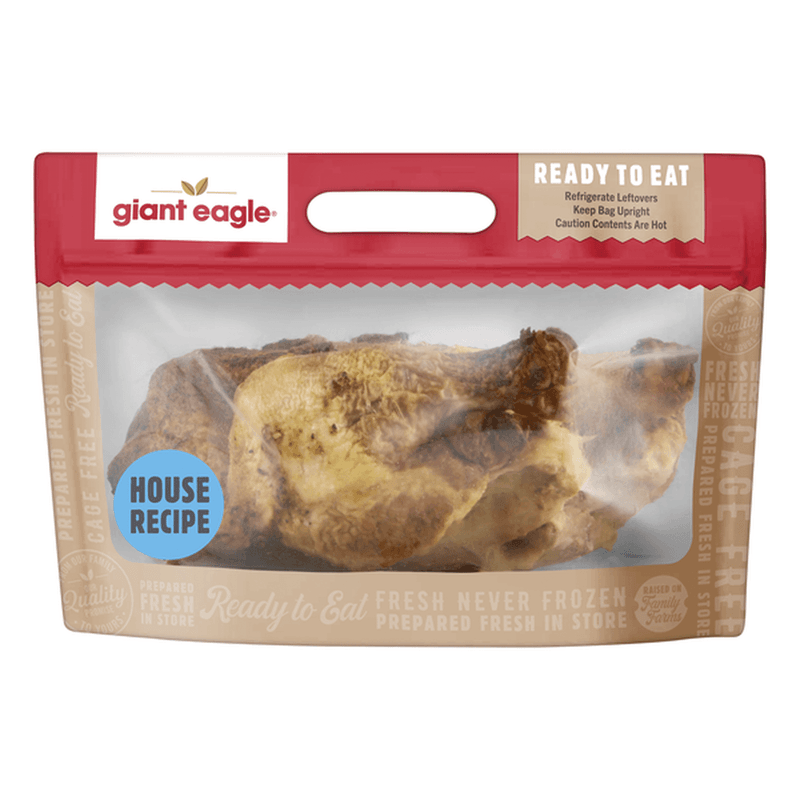
Giant Eagle’s rotisserie chicken represents a missed opportunity for a regional chain that could differentiate itself through quality. Instead, they’ve chosen a mass-production approach that sacrifices taste for efficiency.
The chicken consistently lacks proper browning and crispy skin that makes rotisserie chicken appealing. Underneath the pale exterior, the meat often tastes bland and underseasoned.
Temperature control appears problematic, with some chickens served lukewarm rather than hot. For a store that markets itself as community-focused, Giant Eagle’s rotisserie chicken doesn’t reflect the care and attention customers expect from their neighborhood grocery store.
8. ShopRite Rotisserie Chicken

ShopRite’s rotisserie chicken program seems designed more for convenience than culinary excellence. The chickens often look appealing in the warming case but fail to deliver on taste and texture expectations.
Seasoning distribution appears haphazard, with some areas heavily salted while others remain completely flavorless. The cooking process frequently produces tough, dry meat that requires significant effort to chew.
Timing issues plague this product, as chickens often sit too long under heat lamps, causing the skin to become leathery and the meat to lose moisture. ShopRite customers deserve better quality for their money.
9. Acme Markets Rotisserie Chicken
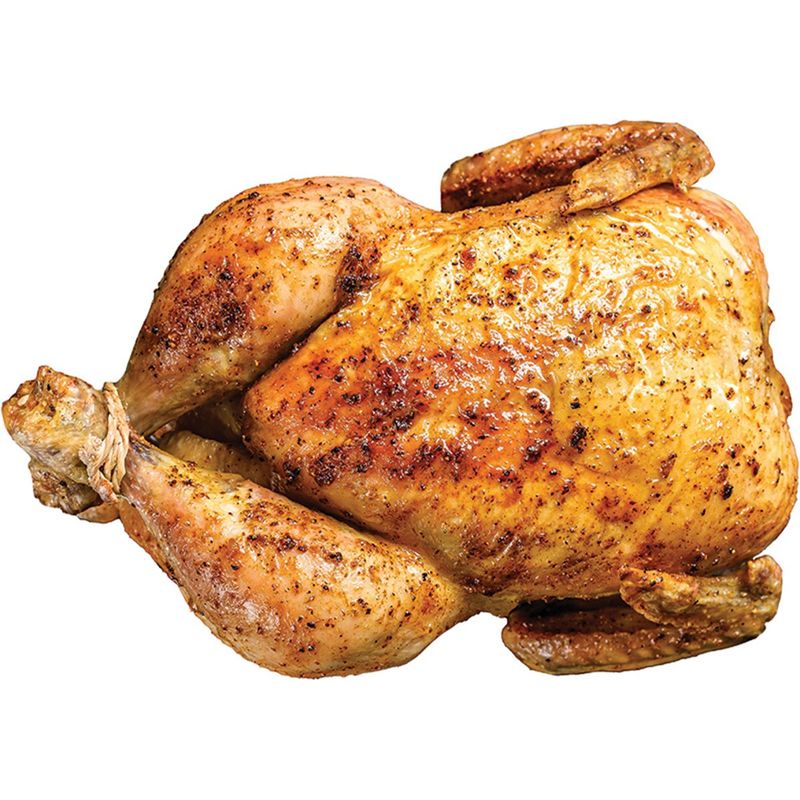
Acme Markets’ rotisserie chicken demonstrates how corporate standardization can destroy local food quality. Their chickens taste like they were prepared according to a rigid formula that prioritizes consistency over flavor.
The seasoning blend tastes artificial and one-dimensional, lacking the complexity that makes rotisserie chicken special. Texture problems include dry breast meat and tough, chewy dark meat.
Quality varies dramatically between locations, suggesting inadequate training or supervision. Some Acme stores produce barely edible chicken while others manage mediocre results. This inconsistency makes it impossible to recommend their rotisserie chicken to anyone seeking reliable quality.
10. Hannaford Rotisserie Chicken
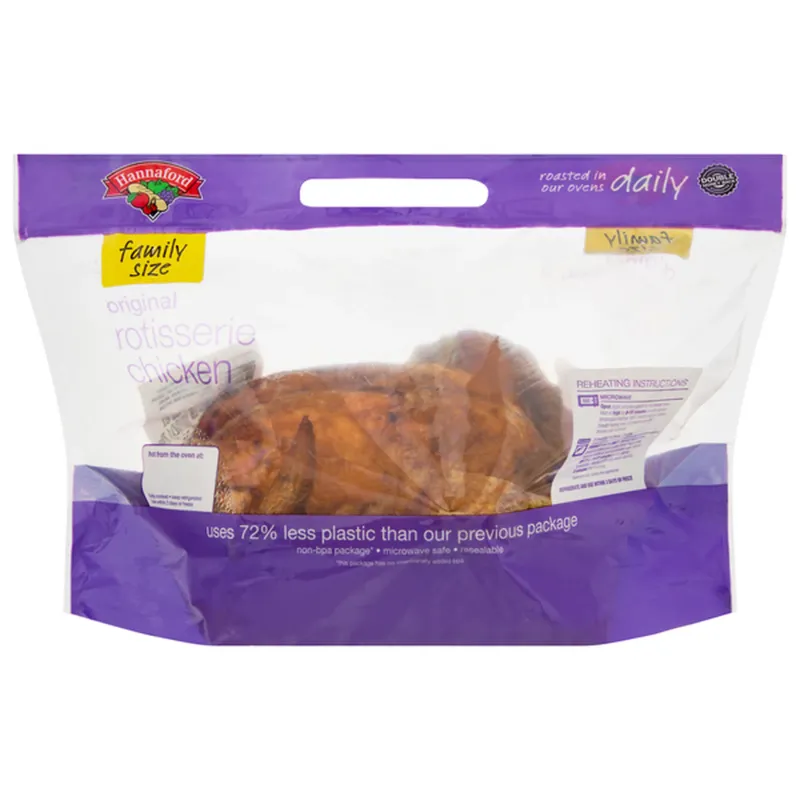
Hannaford’s rotisserie chicken suffers from a fundamental misunderstanding of what makes this dish appealing to customers. They seem to focus solely on speed and cost reduction rather than taste and quality.
The chickens frequently taste underseasoned and bland, as if the seasoning was applied as an afterthought rather than integrated into the cooking process. Texture issues include dry, stringy meat that lacks juiciness.
Temperature management appears problematic, with chickens often served at inconsistent temperatures. For a New England chain that could leverage regional preferences, Hannaford’s rotisserie chicken fails to capture local tastes or quality expectations.
11. Winn-Dixie Rotisserie Chicken
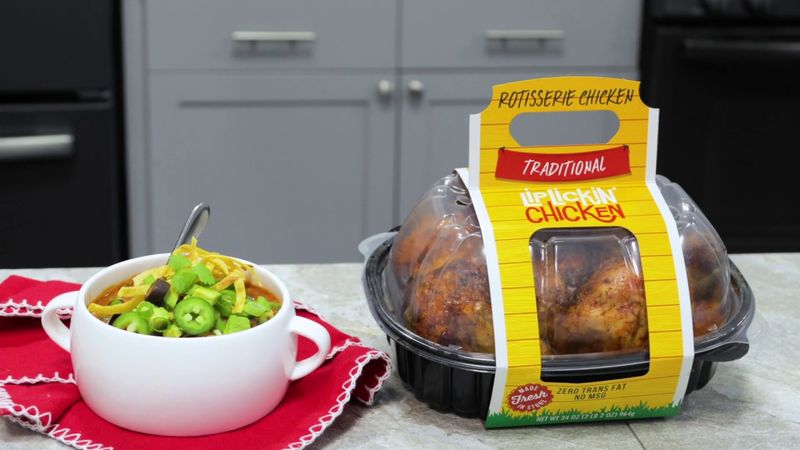
Winn-Dixie’s rotisserie chicken represents everything wrong with prioritizing low prices over food quality. The chickens appear smaller than competitors and often look pale and unappetizing in the warming case.
Seasoning application seems minimal and ineffective, resulting in bland, flavorless meat that requires significant additional seasoning at home. The cooking process produces dry, tough texture that makes eating unpleasant.
Quality control issues plague this product across multiple locations. Customers report finding chickens that taste reheated or have been sitting under heat lamps for excessive periods, creating food safety concerns alongside taste disappointments.
12. Price Chopper Rotisserie Chicken

Price Chopper’s rotisserie chicken lives up to its name by prioritizing low prices over quality ingredients and proper preparation. The chickens consistently appear smaller and less substantial than competitors’ offerings.
Flavor problems include artificial-tasting seasoning that doesn’t penetrate the meat properly. The cooking process frequently results in dry, overcooked breast meat and tough, chewy dark meat.
Temperature inconsistencies create food safety concerns, with some chickens served lukewarm rather than properly hot. For families seeking convenient dinner solutions, Price Chopper’s rotisserie chicken creates more problems than it solves, requiring additional preparation to make it palatable.
13. IGA Rotisserie Chicken

IGA stores, being independently owned, show tremendous variation in rotisserie chicken quality, but many locations struggle with consistent preparation standards. The lack of corporate oversight often results in subpar products.
Common problems include inconsistent seasoning, improper cooking temperatures, and poor timing that leaves chickens sitting too long under heat lamps. The meat often tastes dry and lacks the juicy tenderness expected.
Quality control varies dramatically between locations, making it impossible to predict whether you’ll receive decent chicken or a disappointing meal. Independent ownership should allow for better local customization, but many IGA stores fail to capitalize on this advantage.
Leave a comment